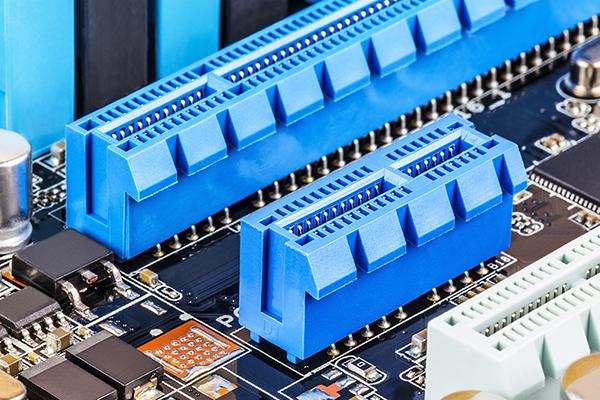- Related articles
- Optical Transceivers for Cisco WS-C3750E-24PD-S Switch
- Ways to Use PCMCIA Network Card Slot?
- Applicable to 10GBASE-LW Standard Optical Transceiver Models
- The difference between GBIC and CSFP
- Optical Transceivers for Cisco N9K-X9464TX= Switch
- Not confused! How to choose PCI-E and SATA SSD
- All Cisco QSFP-40G-PLRL4's information (Specs,Compatibility matrix)
- Cozlink Supply The Cisco X2 Transceivers Function And Compatibility
- Optical Transceivers for Cisco N3K-C3132Q-XL Switch
- Optical Transceivers for Cisco WS-C3650-24PS-L Switch

The growth of the PCI Express (PCIe) interface in compute markets is continuing at a brisk rate, with several analysts forecasting 10% to 40% growth in 2013. The big news is that PCIe solid-state drives (SSDs) are coming from almost every major supplier. However, not all is as it seems. Many of the solutions use a propriety protocol or a Raid-on-Chip (RoC) device to achieve optimal interface and storage performance. These solutions have served the industry well, but they lack standardization, low latency, and linear performance.

PCIe
Peripheral Component Interconnect Express (PCIe or PCI-E) is a serial expansion bus standard for connecting a computer to one or more peripheral devices.
PCIe provides lower latency and higher data transfer rates than parallel busses such as PCI and PCI-X. Every device that's connected to a motherboard with a PCIe link has its own dedicated point-to-point connection. This means that devices are not competing for bandwidth because they are not sharing the same bus.
Peripheral devices that use PCIe for data transfer includes graphics adapter cards, network interface cards (NICs), storage accelerator devices and other high-performance peripherals.
Difference between SATA, PCIe and NVMe
SATA is the market incumbent and dominant host bus adapter for connecting an SSD to the PC. It employs the command protocol AHCI which was built with slower spinning disks in mind rather than flash memory. SATA transfer rates begin at 150 MB/s and max out at 600 MB/s for third generation technology. For most consumer uses of SSDs this is absolutely adequate.
PCIe (PCI Express) supersedes SATA as the latest high bandwidth data bus with which to transfer data. Entry level PCIe SSD speeds are two to three times faster than the older generation of SATA 3.0 SSDs mainly due to the number of channels contained by each to transfer data (roughly 10 for SATA and 25 for PCIe). However, depending on usage, real world benchmarks may not reflect this massive gain due to bottlenecks elsewhere in the PC. We leave it to your interpretation of thousands of real world benchmarks (e.g. OCZ RevoDrive 350 PCIe vs Samsung 850 Pro SATA 3.0) to assess whether the premium is justified for PCIe NVMe versus SATA SSDs.
NVMe is the latest high performance and optimized host controller interface which supersedes AHCI and compliments PCIe technology. It offers an optimised command and completion path for use with NVMe based storage. It was developed by a consortium of manufacturers specifically for SSDs to overcome the speed bottleneck imposed by the older SATA connection.
Summary
SATA has served the industry very well for a long time, and is a great solution for spinning media solutions. As the industry moves to hybrid and solid-state storage, the SATA transport and protocol are stressed to provide the same value. With SATA Express entering the market, it appears that PCIe will be the dominant transport for storage, computer, and communication markets. Although SATA and NVMe are very different from an architectural point of view, they do share some basic functionality. Basic read and write commands are the same. The main differences involve latency, command processing, and power management.





















































